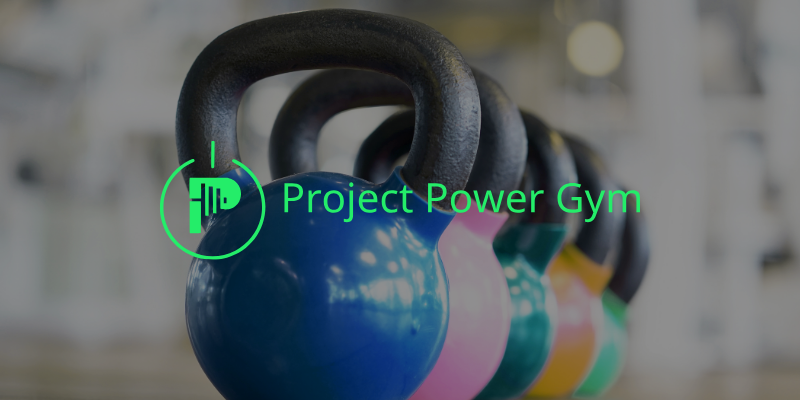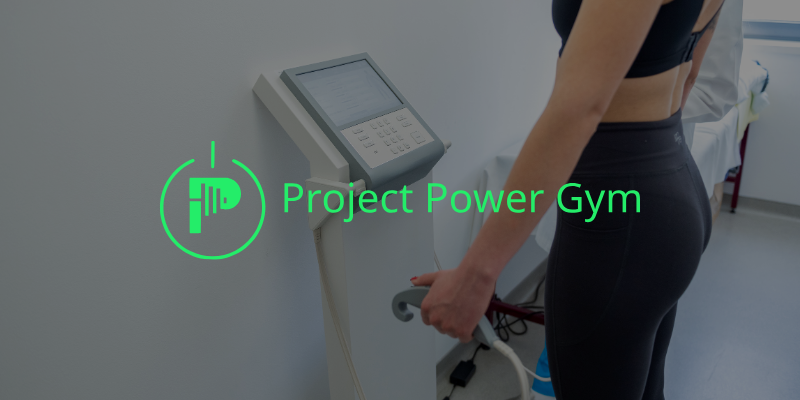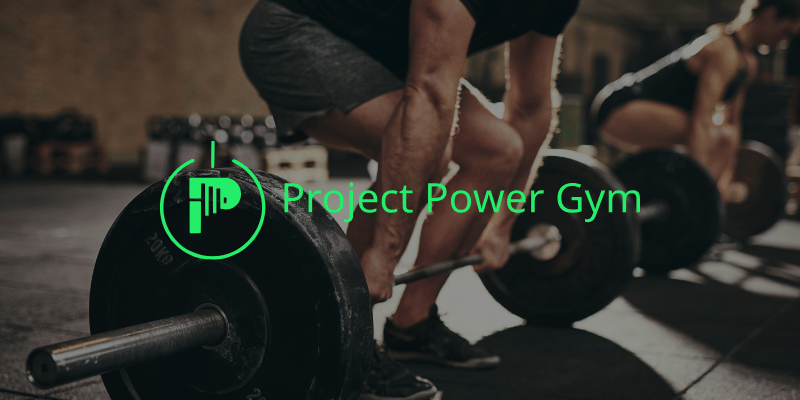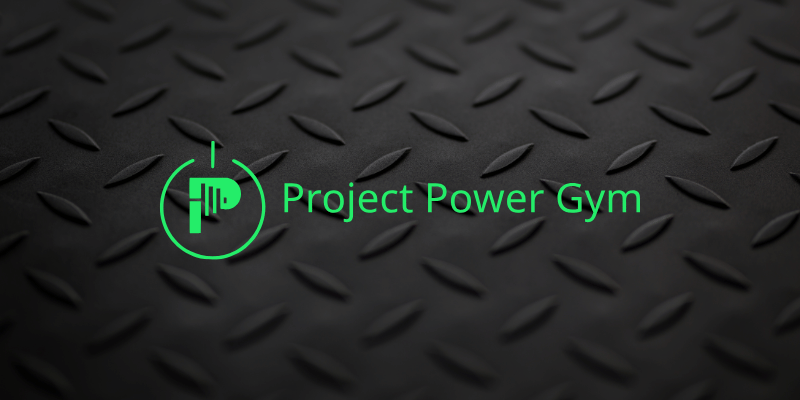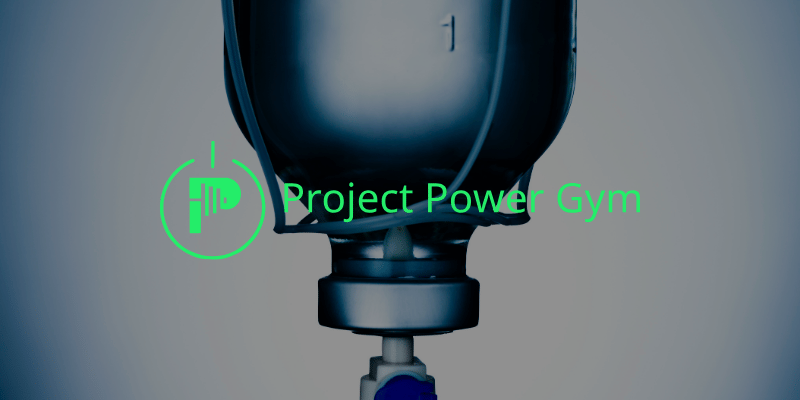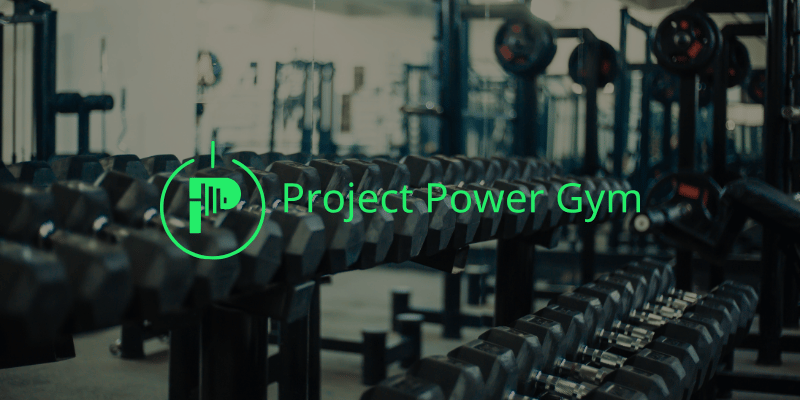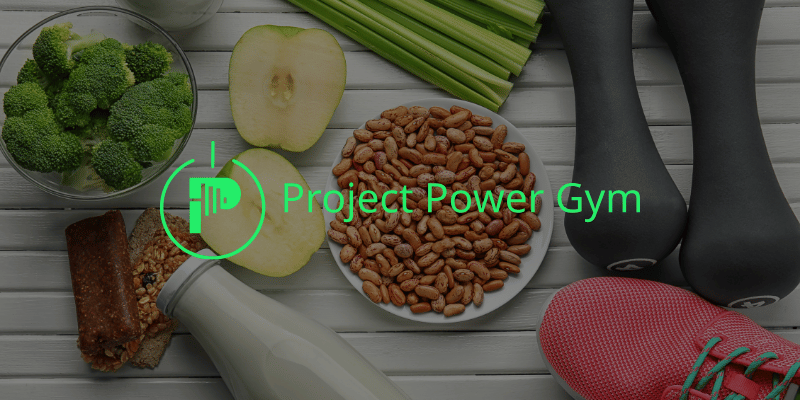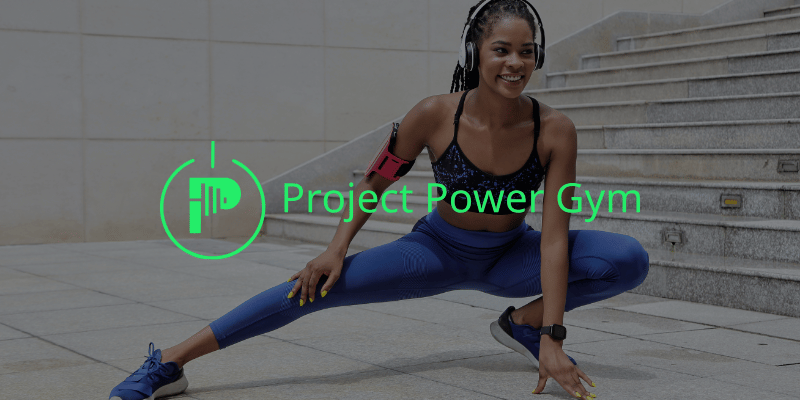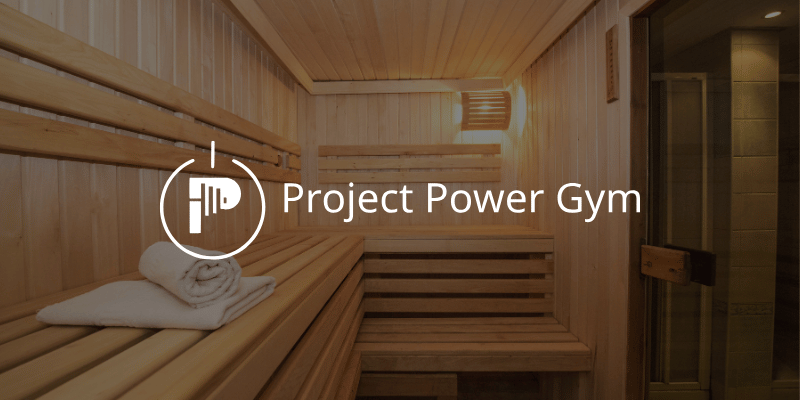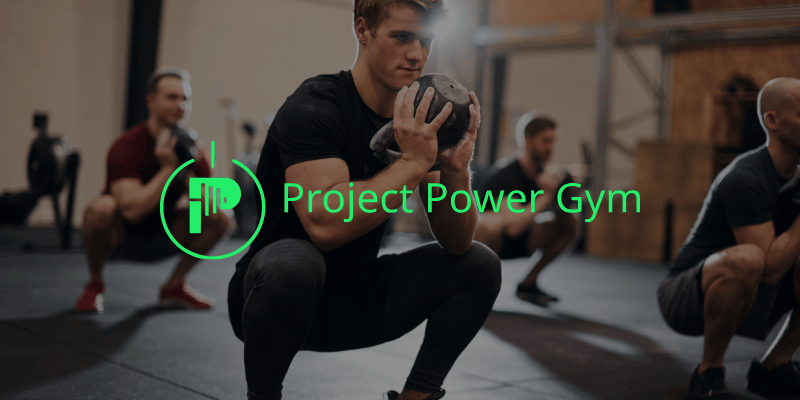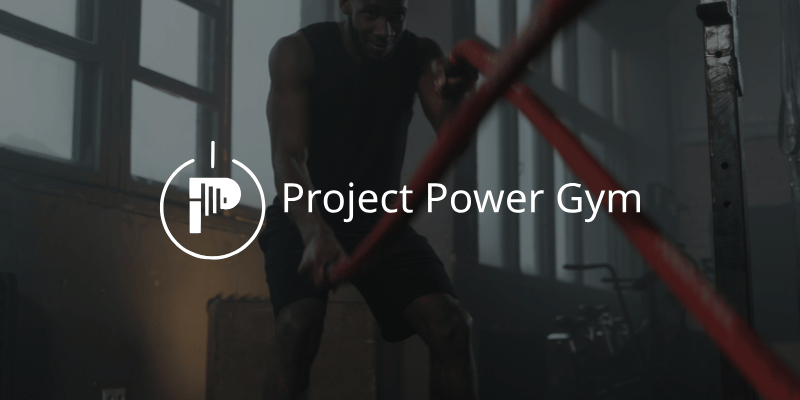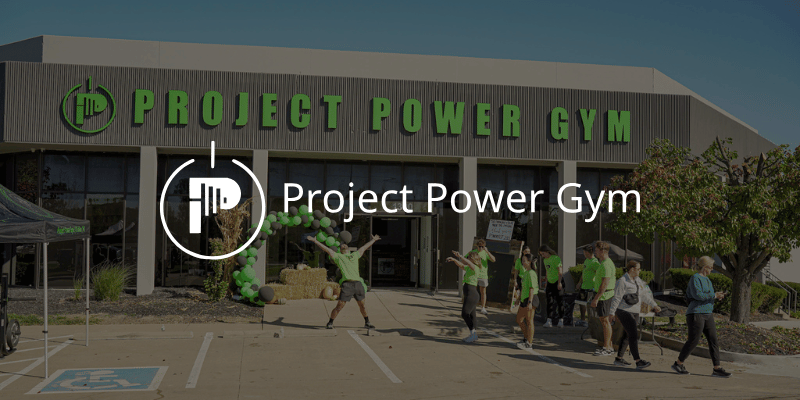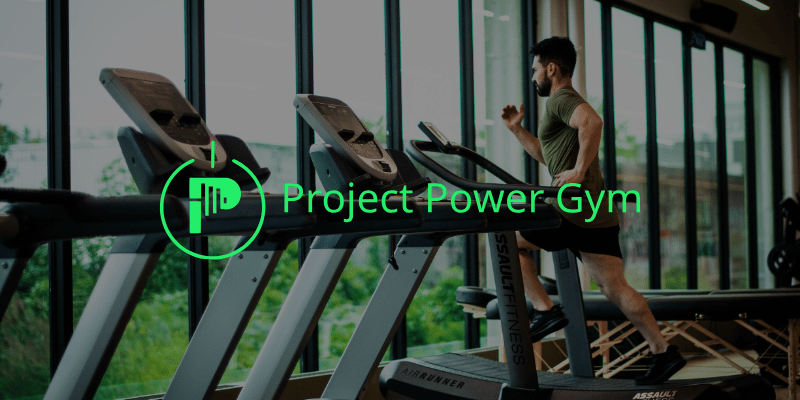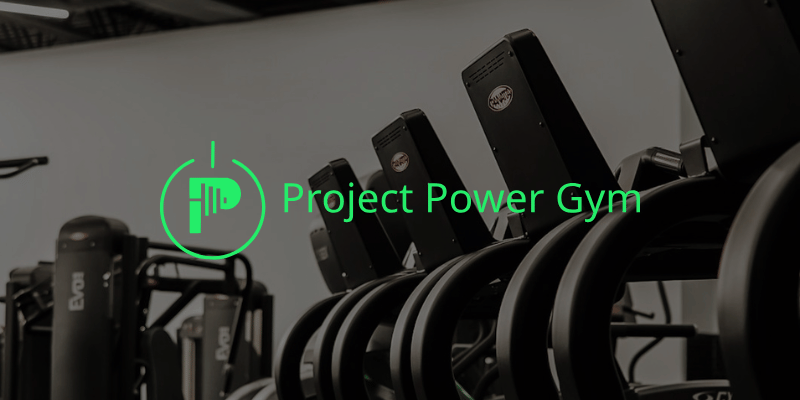
Off Season Athlete Training in O’Fallon: Speed, Strength, and Injury Prevention
Introduction
Off season is where O’Fallon athletes build the engine for next year. Games stop. Development starts. The goal is simple. Show up to preseason faster, stronger, and harder to injure than you were in the playoffs. This guide gives you a clear plan you can run at Project Power Gym, with simple progress checks and recovery tips that fit a busy school or work schedule.
If you want a coach to map this to your sport and calendar, start here: Personal training at PPG.
What the off season should do
A good off season does three things:
- Restore your body after a long season.
- Build general strength and power that carries into any sport.
- Fix weak links so you return durable and confident.
This is not about random hard workouts. It is about targeted work that moves the needle by preseason.
Phase outline you can trust
Use three phases. Length depends on your calendar. Many athletes spend 12 to 16 weeks total.
Rebuild and reset
Two to four weeks. Easy aerobic work, movement quality, tissue care, and base strength. Sleep more. Eat enough. Learn how your joints should feel again.Build strength and power
Six to eight weeks. Progressive strength lifts, explosive jumps and throws, focused core, and sprint mechanics. The sweet spot for real gains.Bridge to preseason
Two to four weeks. Keep strength, sharpen speed, and shift conditioning toward your sport demands so the first practices feel smooth.
You can run these phases with classes for variety and community. Use the strength and conditioning slots on the classes page and layer short skill sessions around them.
The starting assessment
Before week one, write down:
- Recent injuries or pain and what triggers them.
- Max reps of quality push ups, pull ups, and a 60 second plank.
- Best clean goblet squat for 8 solid reps.
- Flying 10 yard sprint time or a 20 yard dash time.
- Broad jump distance.
Retest every four weeks. Small wins add up fast when you track them.
Strength: simple lifts that work
Pick one main lift per session. Keep reps clean. Add a little weight each week if form stays sharp.
Lower body days
Back squat or trap bar deadlift as the main lift. Split squats or lunges for balance. Hip hinge work like Romanian deadlifts for hamstrings.Upper body days
Bench press or dumbbell bench as the main lift. Rowing variations for back. Overhead or landmine press if shoulders feel good.Core every session
Carry heavy kettlebells. Do side planks. Add anti-rotation holds. Core that resists motion protects your spine in contact and change of direction.
Three or four lifts per day are enough. Leave one clean rep in the tank on most sets. That is how you get stronger without beating up joints.
Power: move fast on purpose
Strength is your engine. Power is how you use it. Add low volume explosive work when fresh.
Jumps
Box jumps, broad jumps, or hurdle hops. Three to five sets of two to five reps. Focus on crisp landings.Throws
Med ball slams, chest passes, and rotational throws. Three to five sets of three to five reps. Give each rep intent.Olympic lift options
If you are experienced and coached, use cleans or high pulls. If not, trap bar jumps or kettlebell swings give a similar pop with less learning time.
Speed: mechanics and smart sprinting
Do speed before lifting or on its own day.
Acceleration
Three point starts, 10 to 20 yards. Five to eight total sprints with full rest. Focus on knee drive and strong arm action.Max velocity
Build ups of 30 to 60 yards where the middle is fast but relaxed. Two to four reps. Think tall hips and quick ground contacts.Agility
Keep it sharp and simple. Two or three short drills that teach posture and braking. Use cones for plants at 45 degrees and 90 degrees, then sprint out.
Record one flying 10 or 20 yard time every two weeks. Chasing a small PR keeps you focused.
Conditioning: build the base without trashing legs
Pick the right tool for your sport and joints.
Aerobic base
Easy bike or row for 20 to 30 minutes where you can breathe through your nose. Do this twice a week in the rebuild phase. It speeds recovery.Intervals
Short repeats with full recovery. Eight to ten seconds hard on a bike or sled. Rest 50 to 60 seconds. Do eight to twelve rounds. Add a little volume over time.Field repeats
For field sports, mix tempo runs at Dames Park or O’Fallon Sports Park. Run 60 to 100 yards at a smooth pace. Walk back. Start with 8 to 12 reps.
If stress or school is high, swap a hard interval day for an easy aerobic day and sleep extra. That trade keeps progress steady.
Mobility and durability that athletes actually do
Ten minutes, five days per week, is enough when you are consistent.
Ankles
Knee over toe rocks and calf raises.Hips
90 90 transitions and half kneeling hip flexor work.Thoracic spine and shoulders
Open books, prone snow angels, and band pull aparts.
Use the full routine here when you need a reset: Mobility Made Simple.
Recovery that fits a real schedule
- Sleep seven to nine hours when possible. Protect it like practice time.
- Eat protein at each meal and add a carb source around training. Use this guide for simple choices: Easy Nutrition Strategies.
- Use cold plunge and sauna on light days or after lifts, not right before speed work. Learn how to slot them here: Why Recovery Matters.
- If you are dragging after travel or heat, review options here: IV Therapy in O’Fallon.
Sample two day split
Repeat these two sessions across the week with one day of rest or light cardio between them. Add short sprint work before lifts or on a third day.
Day A
- Sprint starts 4 x 15 yards, full rest
- Back squat 4 x 5
- DB bench 4 x 6
- Split squats 3 x 8 each side
- Med ball chest pass 4 x 4
- Carry 3 x 40 yards
- Ten minute mobility and breathing
Day B
- Flying 20 yard buildups 4 reps, full rest
- Trap bar deadlift 4 x 4
- One arm row 4 x 8 each
- Hip hinge 3 x 8
- Hurdle hops 4 x 3
- Paloff press 3 x 10 each
- Ten minute mobility and breathing
Conditioning example on a third day: bike 10 rounds of 10 seconds hard with 60 seconds easy.
Common mistakes that slow athletes down
- Chasing soreness instead of progress.
- Too much sport specific conditioning in the first month, not enough strength.
- Maxing out every lift and sprint which kills speed for the next session.
- Ignoring small pains that turn into missed practices later.
Keep sessions focused and leave the gym feeling like you could do one more set. That is progress you can repeat.
Mini notes by sport
Baseball and softball
Own single leg strength, anti rotation core, and shoulder friendly pressing. Sprint with long rest. Rotation power comes from hips first.Soccer
Build strong adductors and hamstrings. Hold tempo runs for rhythm. Add short sprints with full rest for pop.Football
Push big strength lifts, then protect hamstrings and shoulders. Keep top end speed alive year round with buildups.Basketball
Land softly and load hips. Do jump progressions and ankle strength work. Sprint in short bursts with direction changes.Track
Depends on event. Sprinters hold max velocity touchpoints. Throwers push strength and rotational power. Distance runners lift twice weekly for durability.
If you want a plan tied to your sport calendar, talk with a coach here: Training.
How to measure progress
- Add five pounds to main lifts each week until form slows.
- Beat your broad jump by one to two inches each month.
- Drop a tenth from your flying 10 or 20 yard dash across the phase.
- Keep a training log. Note sleep, soreness, and mood. See patterns before they become problems.
If you need mindset help to stay on track during exams or busy seasons, read this: Mindset First.
Where to train around town
- Strength, sleds, recovery, and classes at Project Power Gym.
- Tempo runs and strides at Dames Park or O’Fallon Sports Park.
- Hill sprints on local park paths. Use them in moderation to protect hamstrings.
Bringing it all together
The best off season in O’Fallon is not fancy. It is clear. Assess where you are, run three phases, build strength and speed with intent, and recover enough to keep stacking weeks. Do less than you think on day one. Do more than you thought possible by week twelve.
Ready to build your off season
Tell us your sport, season dates, and current numbers. We will map a simple plan and coach you through it so you show up faster, stronger, and harder to injure.

